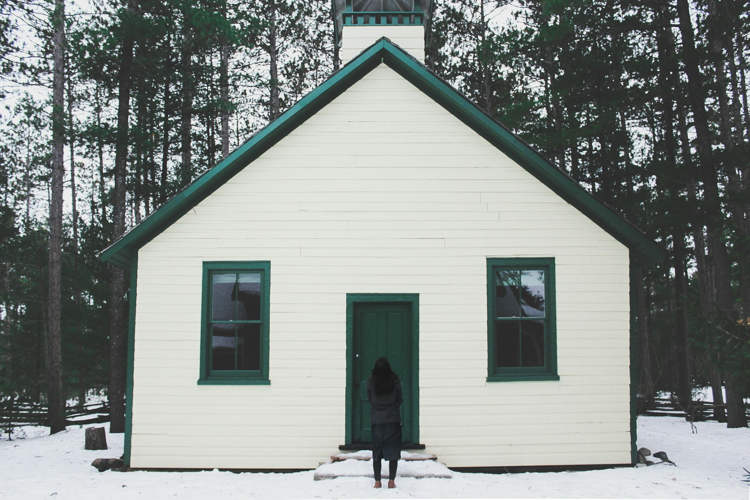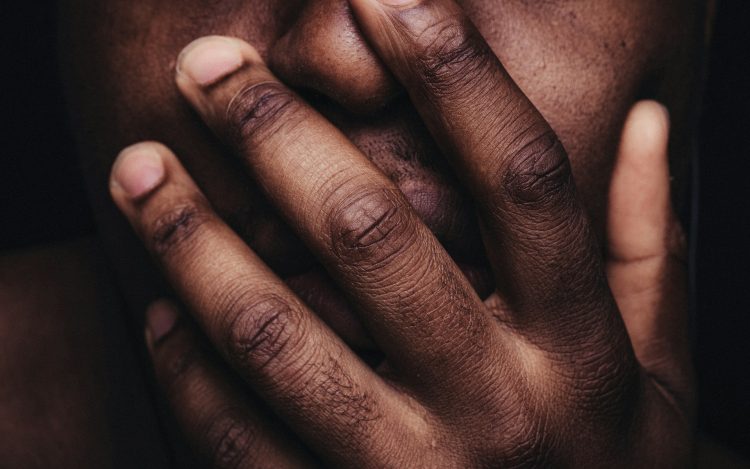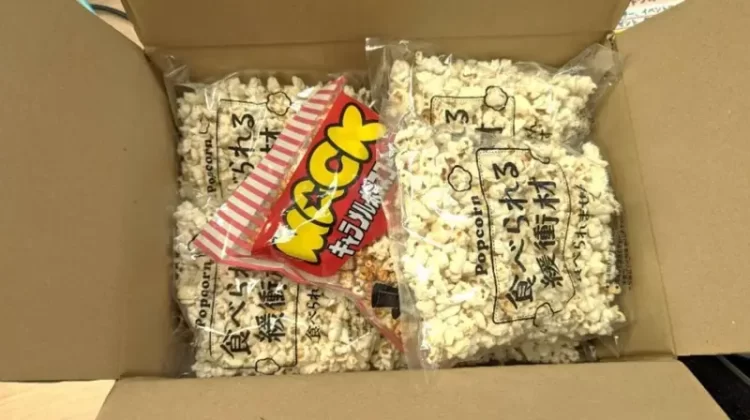Ukrainian-born artist Vladimir Kanevsky creates exquisitely handcrafted porcelain flowers that look perfectly natural, but never die.
From hyacinths and chrysanthemums to clematis and hollyhocks, Vladimir Kanevsky makes botanically-perfect flowers from porcelain. Inspired mostly by 17th- and 18th-century European botanical prints, but also by the glass flower collection at Harvard University’s Museum of Natural History, the talented artisan has managed to take this old craft to new heights. He not only models the delicate porcelain himself, but also does all the painstaking painting himself, often adding tiny imperfections like bent stems,spots or insect bites to make his creations look even more realistic. “He’s one of the few people I know who can almost compete with Mother Nature,” longtime collector Caroline Roehm says about Kanevsky.

Photo: Vladimir Kanevsky
But the Ukrainian artist currently based in Fort Lee, New Jersey, says he’s not trying to create fake flowers, but rather sculptures based on flowers. “One needs to keep a balance between the real color of real materials and the fiction of painting. I recently discontinued a newly designed line of more heavily painted flowers because it looked too naturalistic, like a theater prop,” he told the Wall Street Journal. To create one of his stunning artworks, Vladimir first consults a stock of hundreds of different blossoms he has sculpted from European clay that contains most of the flowers people usually ask for. Then he starts sketching the plant on his computer, before handcrafting it from clay. He used to make the stems and leaves from porcelain as well, but they were so prone to breaking that he started using painted metal or tole. Part of what makes his work so interesting is managing to combine metal and porcelain to create such amazingly realistic artworks.

Photo: Vladimir Kanevsky
Vladimir Kanevsky’s porcelain flowers have long been appreciated by art collectors and fashion designers around the world, and his custom works are priced from $3,000 for a hollyhock to $20,000 for a complicated cluster of lilacs.

Photo: Vladimir Kanevsky

Photo: Suzanne Rheinstein

Photo: Suzanne Rheinstein

Photo: Suzanne Rheinstein






